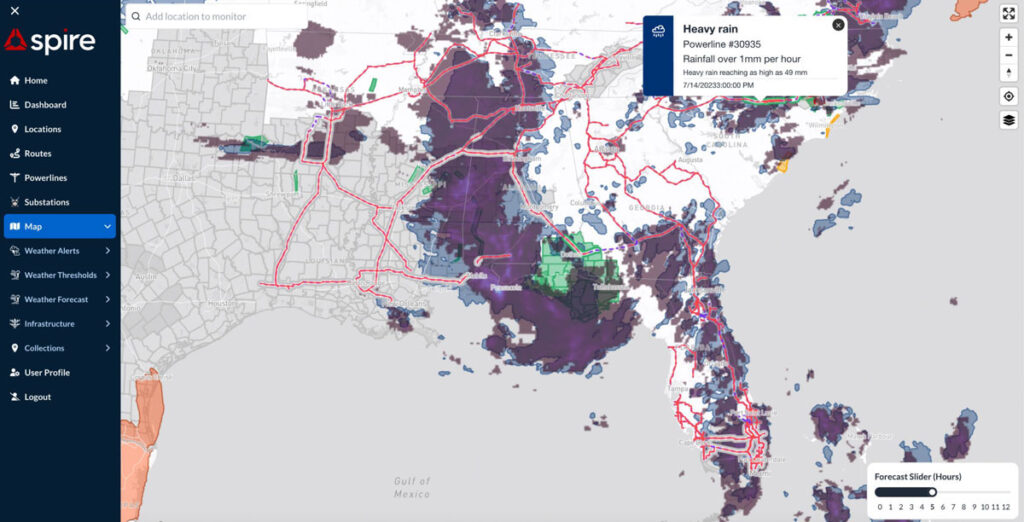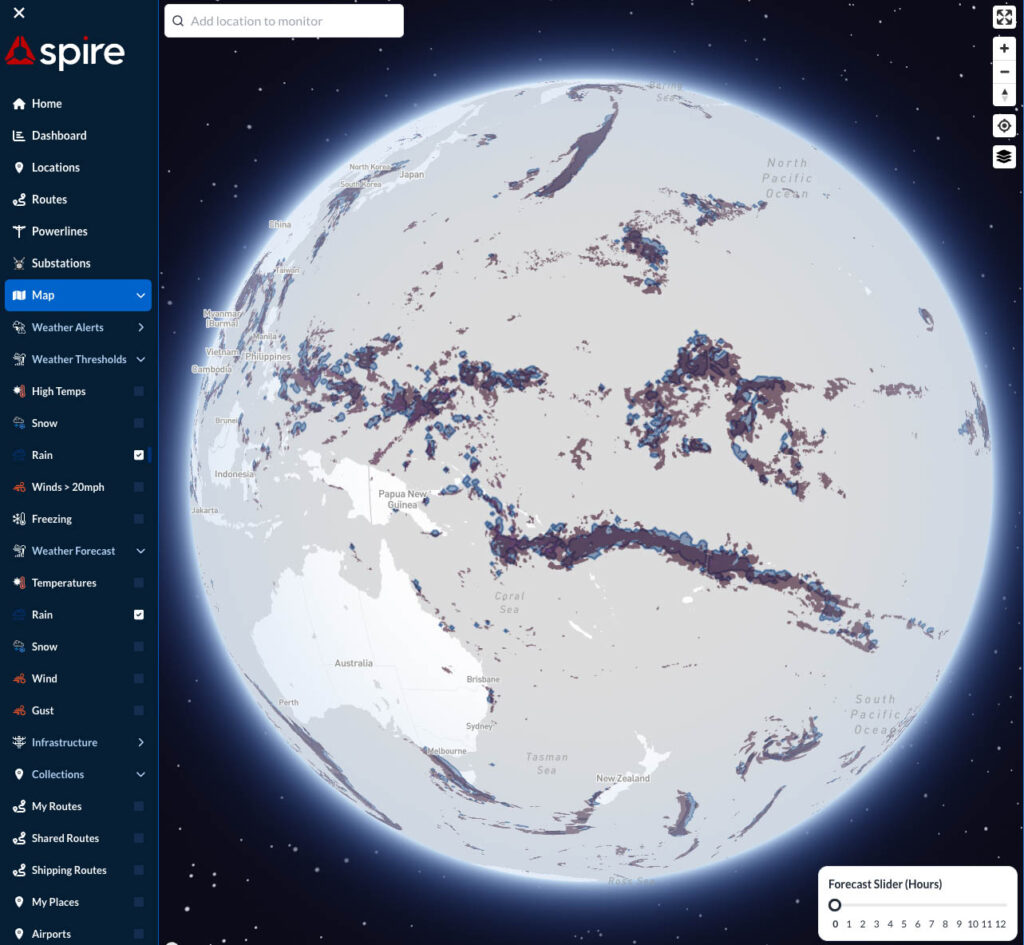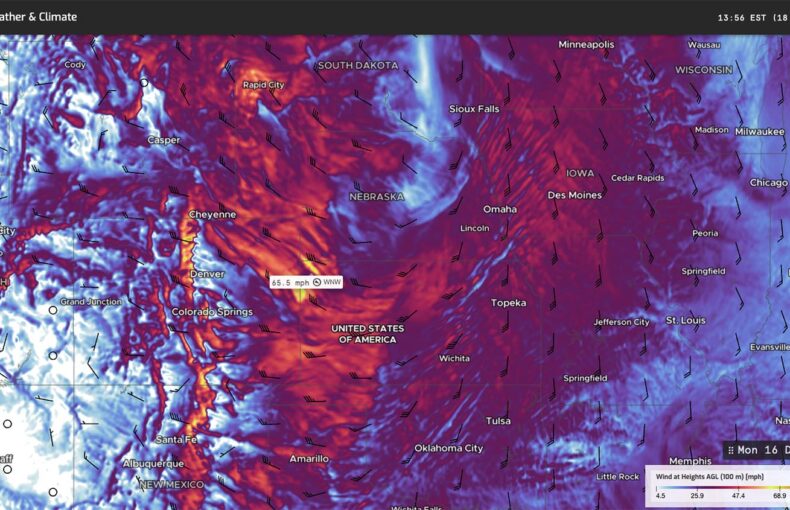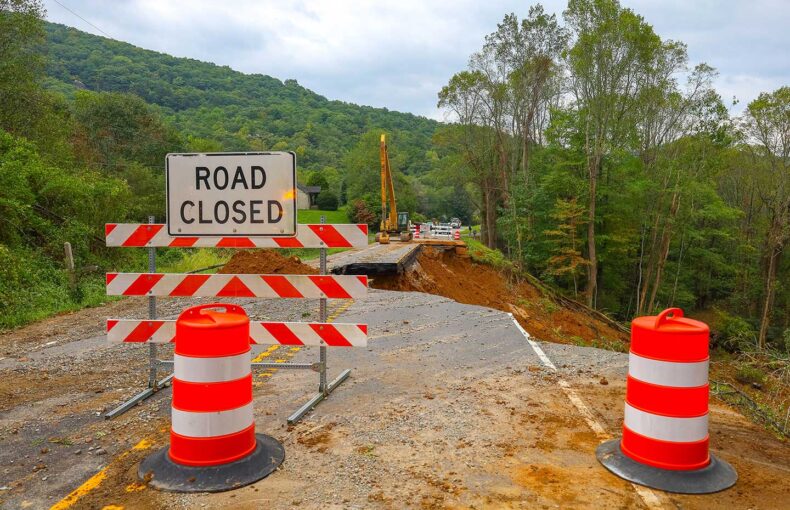Spire’s Operation Imagine
Picture waking in the morning to a personalized weather report from your AI assistant, tailored to your location, activities, and preferences.
It’s a prediction model that considers your daily schedule, commute, and outdoor activities then provides detailed recommendations based on the weather forecast. It informs you of expected temperature, humidity, wind speed, the UV index, and precipitation levels that might impact your trip to work and decisions about clothing, transportation, and daily plans. It doesn’t stop there.
By enhancing our weather models with artificial intelligence to inform and predict, our understanding and preparedness for atmospheric conditions would undergo a dramatic transformation.
This AI-driven weather ecosystem we imagine would reshape meteorology and revolutionize our interaction with – and response to – weather phenomena. In turn this would inform and ensure a safer and more informed society.
This AI-driven weather system would leverage vast amounts of real-time data from Spire satellite data, digs into our historical weather patterns, updates existing models. It would process and analyze this data, generate accurate weather forecasts on a global scale. This view of the weather would provide meteorologists, researchers, and the general public with an unprecedented understanding of current and future atmospheric conditions that impact on Earth’s climate.
While there is much to imagine about this future, much of the future is already here with Spire’s product suite and technology.
Innovative companies like OroraTech are partnering with Spire to leverage our expertise in manufacturing, launching and operating satellites. This allows OroraTech to focus on their core business of providing thermal space-based intelligence for wildfire detection purposes as well as other solutions.
OroraTech uses thermal intelligence to help build a more sustainable future. Recently, OroraTech has ordered Spire to build, launch, and operate an eight-satellite constellation dedicated to global temperature monitoring. Once operational, it will represent the first and largest constellation of satellites dedicated to tracking and monitoring wildfires.
Mantle Labs is another partner that leverages Spire’s data for AI to streamline farming. Mantle Labs is leveraging Spire’s unique weather data to train AI and create risk assessment models for crop protection and agricultural commodity companies that use Mantle Lab’s own Geobotanics platform. Farmers worldwide can use the platform to monitor crops and prevent losses.

Spire’s Weather dashboard showing storm warnings that may impact infrastructure and power lines across Florida.
Source: Spire Weather
Spire empowers our customers with the ability to predict weather events with heightened precision and accuracy, meaning early warnings for severe weather phenomena are more reliable. This allows first responders and resources to be allocated and positioned, ready to act, before hazardous weather impacts resources or operations.
One-third of the world’s population do not have access to early warning systems for extreme weather. With over 680 million people living in low-lying coastal zones and on small islands, even a 24-hour warning can reduce the damage of climate disasters by 30 percent. The United Nations has made it its mission to address this within the next five years so everyone is safeguarded by early warning systems for extreme weather.

Spire’s Weather dashboard showing rain warnings across the Pacific Ocean north of Australia.
Source: Spire Weather
Lives would be saved, and damage from natural disasters minimized through AI’s proactive planning and swift actions.
 Written by
Written by


